Steelhead Fishing is more than just fun, it’s a lifestyle. Thanks Grandpa.
Over 20 years ago, I was sitting on the banks of the Salmon River with my Grandpa, Fred. We were side-planing for steelhead.
It was cold, and I wasn’t exactly having fun, but the MREs Grandpa brought were exciting to me. Filling the heating packet with water and warming up a pouch of mush for lunch is pretty entertaining for a 7-year-old.
The tips of those rods were wiggling, but nothing was happening. I probably asked Grandpa a million times what was so exciting about steelhead fishing. It seemed like a lot of “hurry up and wait” for nothing. Now I know that question is never answered until you experience the bite and the fight.
Not 10 minutes later, a fish buried the rod, and Grandpa’s homemade rod holder just wasn’t up for the challenge. I remember vividly watching that rod fly off the beach and into the river. Though I didn’t land a steelhead that day, that memory is one I go back to when I think about what first got me excited for these fish.
Fast forward some years later, and I’m in a drift boat with my clients. They think I’m an experienced, seasoned steelhead guide. But in reality, I’m just a kid looking to make money in the fall and give this “full-time guiding” thing a shot.
We’re on our second day without a fish. My imagined confidence is gone, and I need a catch—not only for myself but so these people don’t leave empty-handed. In the last hour of the last day, it happens. Magic in the aptly named “Salvation” hole. A fish bites, the rod buries, the drag screams, and eventually, against all odds, I net the fish. A beautiful hatchery buck they get to take home and enjoy. They were excited to finally catch a fish, but though I was reserved, I was on a different level.
I soon realized this would be my gateway fish into a whole new addiction.
Now it’s all I think about: the tug, the bite, the fight, the fish. It’s what I crave. On days I’m not fishing for steelhead, it’s all I want. I want to see that rod go down, to net that fish, to hold one I haven’t yet seen.
The fish came slower back when I started guiding for steelhead. Every catch was a grind of trial and error. It’s still not easy, but it was even harder then. Every hour of every day I didn’t land a fish made me appreciate how special they are. They’re worthy.
These fish don’t just provide me with a job. Since I started getting paid to catch them and to provide for my family, it’s become a lifestyle. My connection to these fish grew deeper quickly. This isn’t just fishing for money anymore. This is feeding my family, and I’ll do whatever it takes to keep these fish coming home.
If you haven’t felt the tug of a wild steelhead, you’re missing out. The power these fish have after a 500+ mile migration is unmatched. They’re worthy, they’re special. They feed my community and family in the slowest, coldest time of the year. Their sacrifice is unmatched, and they demand respect.
My story isn’t the most exciting, and maybe it’s a little selfish. I started fishing for them young, but didn’t fully appreciate them until later on. Now I rely on these fish to keep my family fed and for good old fun. I want my children to experience them, to hold them, to make their own memories, and to understand why they’re so important to our lives. My son, Mackay, is already showing a love for Steelhead, I hope one day he can be in my shoes.
I hope to see these fish come home every year, but I end each year worried about the next. Together, we can change the future. You don’t need a big platform to make a difference. Advocate one-on-one to the next fisherman, the next client, the next generation. Share the story of these fish, your story, and explain why they’re so important. You will see change.
Every steelhead is different—their spots are patterned uniquely, their heads slightly contoured in different ways, their backs varying shades of green, their pink stripes deep red or doubled, their underbellies speckled or smooth. Every fish has a story to tell, and I want to hear it. I want my kids to hear it, too. Just like I did when I was a boy.




